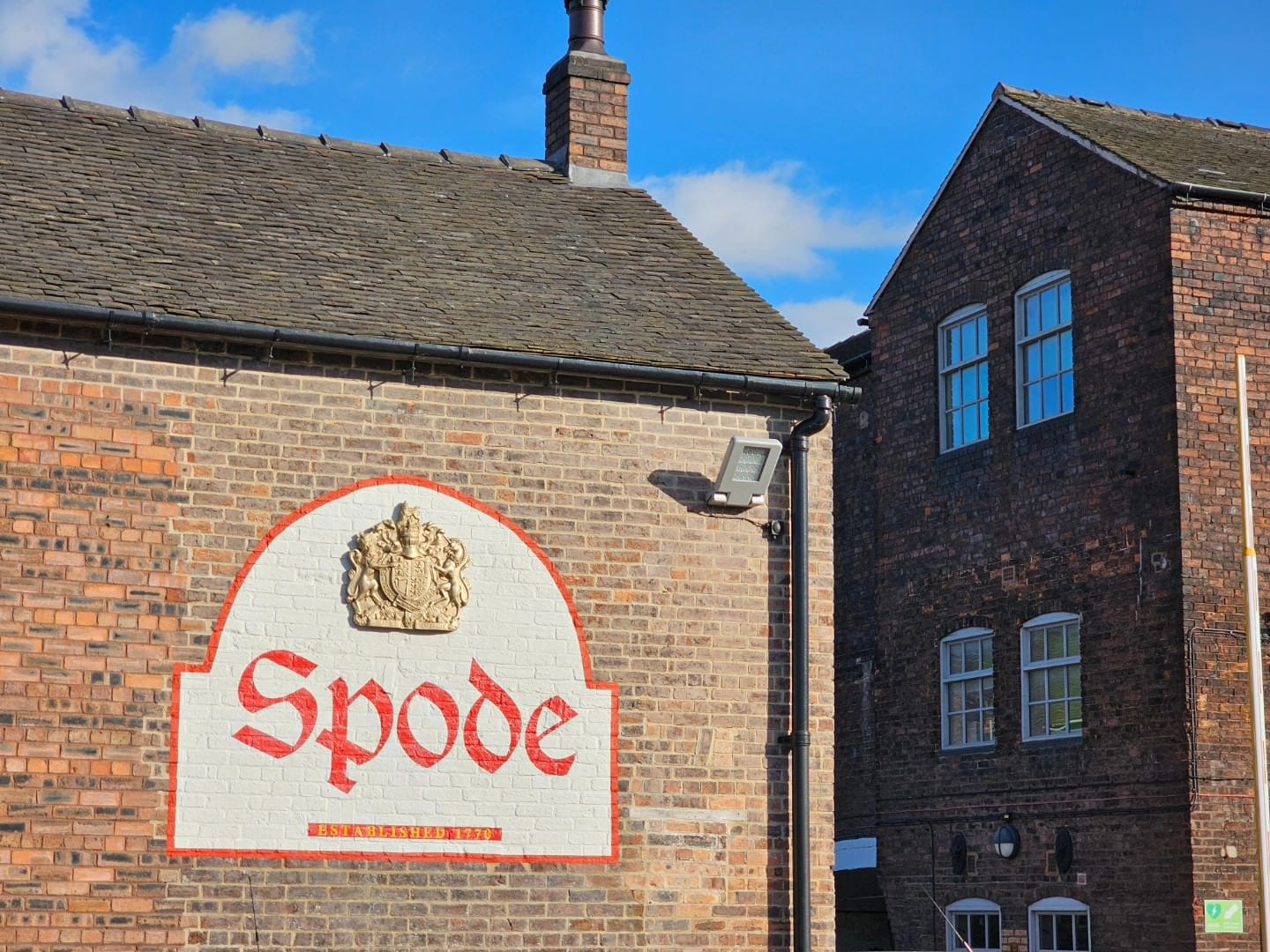During a meeting held yesterday at the historic Spode Factory site, Stoke-on-Trent City Council unveiled ambitious plans for the site’s future. Led by City Director John Rouse and Jonathan Wheeler of MACE, the presentation acknowledged previous missteps and laid out a vision for a future that prioritises community ownership and the preservation of Spode’s unique heritage.

Acknowledging Past Mistakes, Shaping a New Future
Reflecting on the decisions made in 2022, Rouse admitted that the earlier approach to the site’s redevelopment had been flawed. "We didn’t recognise that the site needed to be collectively owned and community-led," Rouse stated, "which would give it a greater chance of a successful future." This shift towards collective stewardship marks a significant change in direction, as the city aims to ensure that the redevelopment is inclusive and sustainable.
The Spode Factory site, which has been evolving for 16 years, is set to undergo a gradual transformation that honours its past. Drawing comparisons to Liverpool’s Baltic Triangle 15 years ago, the team emphasised the importance of maintaining community ownership and ensuring that commercial interests do not overshadow the site’s cultural and historical significance.


Prioritising Heritage and Community
A key element of the redevelopment plan is to build upon Spode’s unique heritage without causing any harm to it. The site’s future must be integrated with the town of Stoke, remaining open and accessible rather than enclosed. The council is committed to selecting the most important projects to accelerate regeneration while ensuring that decisions remain in the hands of the community.
The demand for space in Stoke—whether commercial, creative, or residential—underlines the value of regenerating the Spode site. Despite high construction costs, the team is confident that the spaces will be in demand, making the investment worthwhile.

Safeguarding the Site’s Legacy
One of the central aspects of the regeneration is the China Hall, which will be protected but regenerated separately to avoid delaying progress on the wider site. The estimated cost for this work is around £10 million. Meanwhile, a flood risk viability study, funded by a £10 million grant from the Environment Agency, has been completed, addressing crucial concerns and earning the council’s gratitude.
To manage the site long-term, the city plans to establish a community trust. This trust will oversee the development and growth of businesses within the site, ensuring that the local economy benefits from the regeneration.

A Vision for a Car-Free, Connected Space
An integral part of the redevelopment is creating a pedestrian and cycle route through the site, linking Stoke Station to the Goods Yard and into the town of Stoke. This initiative aligns with the vision of making the entire site car-free, with parking relocated to the town centre. The iconic chimney, which will remain the central focus of the site, will be framed by enhanced views as part of the redevelopment.
The residential phase of the project, planned for a separate, currently unused part of the land, will come later in the development process. Initially, the focus will be on the southwest portion of the site.

Moving Forward with Collective Investment
The redevelopment of the Spode Factory site will require a blend of public and private investment. The council is keen to utilise levelling-up funds before they expire, aiming to complete Phase 1 by Summer 2026. This initial phase will involve the creation of the community trust, with further details to be published in an upcoming cabinet report.
To prevent the deterioration of the China Hall and other buildings during the regeneration, the council is committed to securing future funding. There are also hopes to host the British Ceramics Biennial (BCB) at the site again in 2025, which would help reintroduce the public to these historic spaces and breathe new life into them.

The future of the Spode Factory site lies in a careful balance of preserving its rich history while fostering community-led development. By learning from past mistakes and prioritising collective stewardship, Stoke-on-Trent City Council aims to create a vibrant, inclusive space that honours Spode's legacy and supports the town’s growth.
As the project moves forward, the community will play a vital role in shaping the site’s evolution, ensuring that Spode remains a cherished part of Stoke-on-Trent’s cultural landscape for generations to come.
The full cabinet report will be published in a few days.

Check out my online shop for my local photography and art
Check out my recommended reading list

